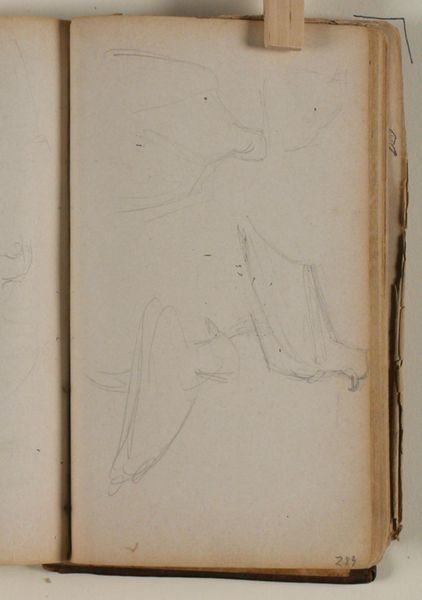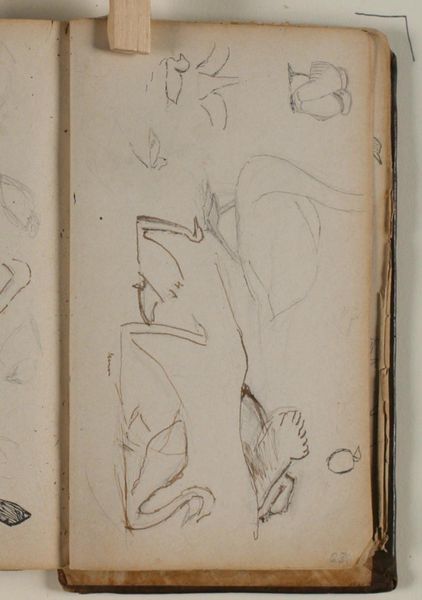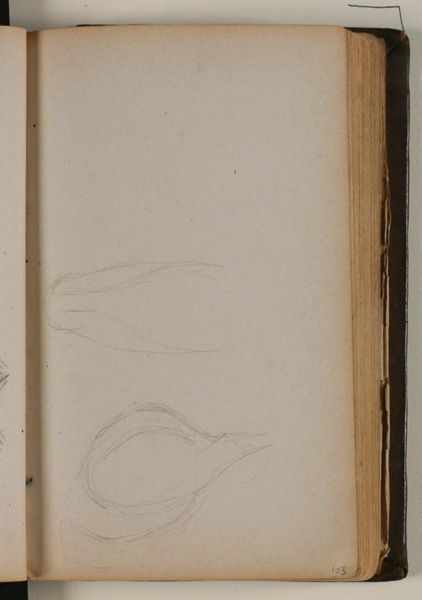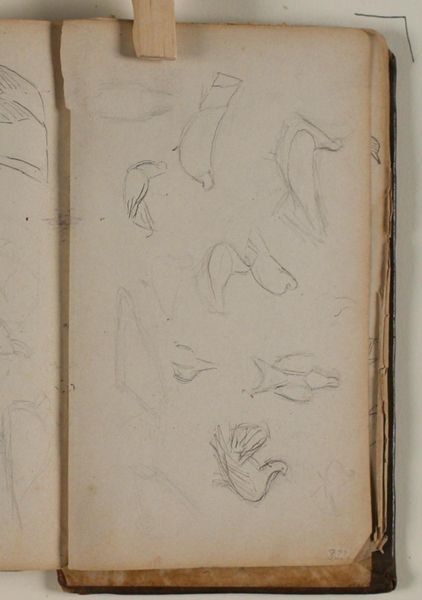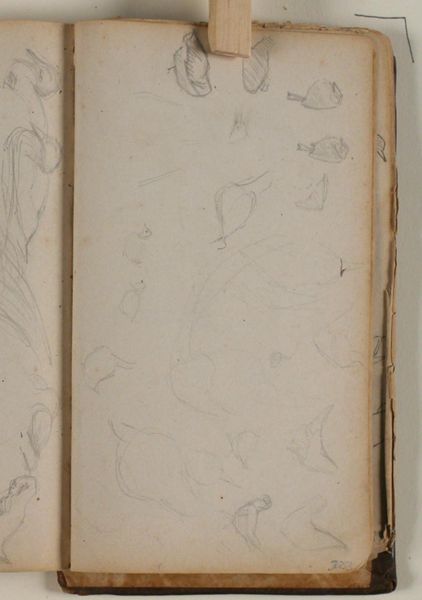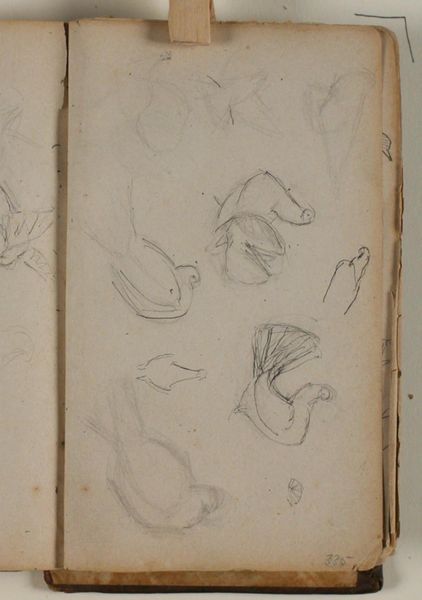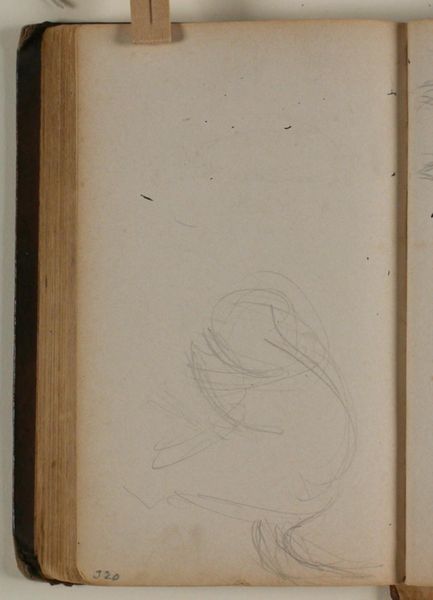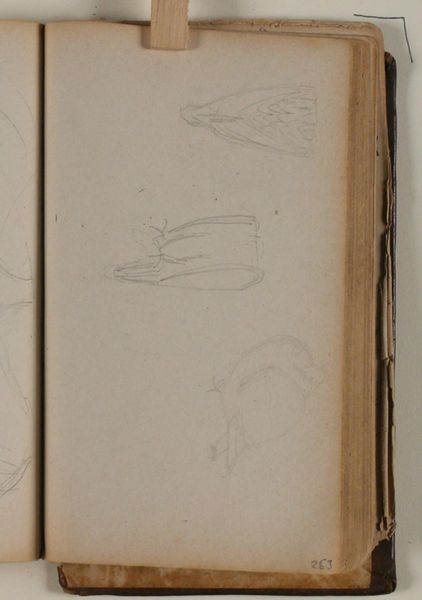
drawing, pencil
#
drawing
#
landscape
#
coloured pencil
#
pencil
#
realism
Editor: Right, next up we have Niels Larsen Stevns' "Studier over forskellige fuglearter," dating sometime between 1864 and 1941. It's currently held at the SMK. It appears to be a sketchbook page filled with pencil and perhaps some colored pencil drawings of birds in various poses. I find the sketches quite charming and a little scientific. What do you see in this piece, viewed through the lens of cultural history? Curator: It's interesting you pick up on a possible "scientific" mood. These sketches, produced over decades, speak to a broader cultural fascination with naturalism that blossomed throughout the 19th century and lingered into the early 20th. Think about the rise of ornithology, for instance, and how it fueled both scientific study and popular imagination. Stevns, situating himself within that context, is contributing to, but also inevitably shaped by, that visual vocabulary. Are these purely studies from life, do you think? Or something more? Editor: I see your point. They could reflect a more academic study, perhaps intended for larger compositions or teaching purposes. Could this have been related to ideas about national identity? Was there any connection to Danish folklore, for example? Curator: That's a very insightful observation! Images of nature, including birds, often served as potent symbols of national identity. Consider how certain birds might be associated with specific landscapes or cultural values, acting almost as visual emblems. Folklore often intertwined with such depictions, investing these creatures with narrative weight. Would you agree it feels separate from say, a later more disruptive depiction, after say World War One? Editor: Absolutely. Reflecting on this conversation, I realize the drawings aren't just studies of birds, they’re also products of a specific cultural moment. The sketches now tell a story about how society was viewing itself and the natural world around it. Curator: Precisely. These modest sketches become valuable historical documents that reflect larger societal trends and preoccupations, revealing how art engages in continuous dialogue with the culture from which it springs. Thank you for bringing that insight to the table.
Comments
No comments
Be the first to comment and join the conversation on the ultimate creative platform.
